Intro
Learn to identify and avoid poison oak and ivy with our comprehensive plant guide, covering symptoms, treatment, and prevention of urushiol-induced rashes, plus tips on removal and protection from these toxic plants.
Poison oak and poison ivy are two of the most notorious plants in North America, known for causing painful rashes and blisters on the skin of unsuspecting hikers, gardeners, and outdoor enthusiasts. Despite their reputation, these plants play a vital role in the ecosystem, providing food and shelter for various animals and helping to maintain the balance of nature. However, for humans, it's essential to understand how to identify, avoid, and treat the effects of these plants.
For many people, the mere mention of poison oak or poison ivy conjures up memories of painful childhood experiences or warnings from parents and park rangers. The plants' toxic sap, known as urushiol, contains an oil that causes an allergic reaction in most people, leading to redness, itching, and blistering. While the reaction is not usually serious, it can be debilitating and take several weeks to heal. In severe cases, the rash can become infected, requiring medical attention.
Understanding the importance of avoiding poison oak and poison ivy is crucial for anyone who spends time outdoors. Whether you're a seasoned hiker, a gardener, or simply someone who enjoys spending time in nature, knowing how to identify these plants and take precautions can save you from a world of discomfort and pain. In this article, we'll delve into the world of poison oak and poison ivy, exploring their history, identification, effects, and treatment options.
Introduction to Poison Oak and Ivy
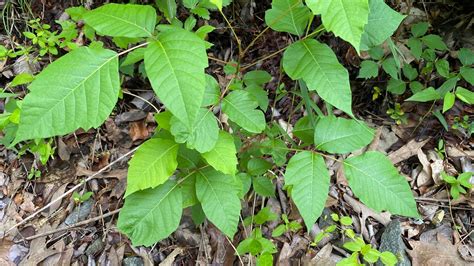
Poison oak (Toxicodendron diversilobum) and poison ivy (Toxicodendron radicans) are both members of the Anacardiaceae family, which also includes cashews, pistachios, and sumac. These plants are native to North America and are commonly found in wooded areas, along trails, and in backyards. They thrive in a variety of environments, from shaded forests to sunny meadows, and can grow as vines, shrubs, or groundcover.
History of Poison Oak and Ivy
The history of poison oak and poison ivy dates back thousands of years, with indigenous cultures using the plants for various purposes, including medicine, food, and ceremonial rituals. The plants' toxic sap was also used as a form of protection, applied to arrowheads and other hunting tools to increase their potency. Early European settlers learned about the plants' effects from Native Americans and soon began to use them for medicinal purposes, including treating skin conditions and rheumatism.Identification of Poison Oak and Ivy
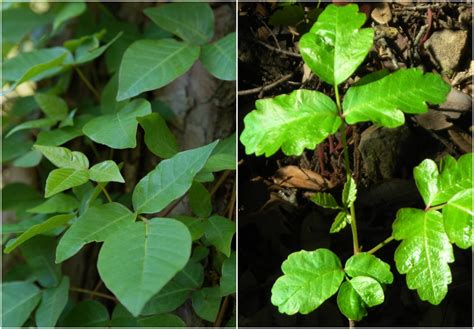
Identifying poison oak and poison ivy can be challenging, as the plants have similar characteristics and can grow in a variety of forms. However, there are some key features to look out for:
- Leaves: Poison oak and poison ivy have compound leaves with three leaflets, which are typically shiny and green. The leaves may be lobed or have rounded tips.
- Stems: The stems of poison oak and poison ivy are often hairy and can grow as vines or shrubs.
- Growth habits: Poison oak tends to grow as a shrub or vine, while poison ivy can grow as a groundcover or climb up trees.
Types of Poison Oak and Ivy
There are several types of poison oak and poison ivy, including: * Western poison oak (Toxicodendron diversilobum): Found in the western United States and Canada. * Eastern poison oak (Toxicodendron pubescens): Found in the eastern United States. * Poison ivy (Toxicodendron radicans): Found throughout the United States and Canada.Effects of Poison Oak and Ivy
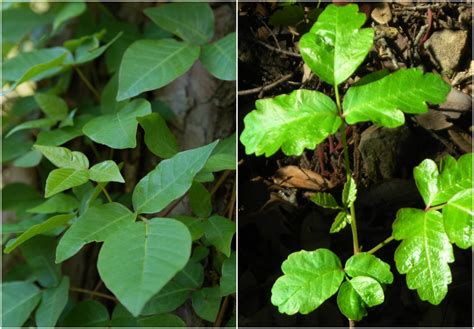
The effects of poison oak and poison ivy can vary from person to person, depending on the severity of the exposure and individual sensitivity. Common symptoms include:
- Redness and itching
- Blistering and rash
- Swelling and inflammation
- Blisters may become infected if scratched or broken
Treatment Options
Treatment for poison oak and poison ivy typically involves relieving symptoms and preventing infection. Some common treatment options include: * Calamine lotion or hydrocortisone cream to reduce itching and inflammation * Cool compresses or baths to soothe the skin * Antihistamines or oral steroids to reduce allergic reactions * Topical antibiotics to prevent infectionPrevention and Precautions
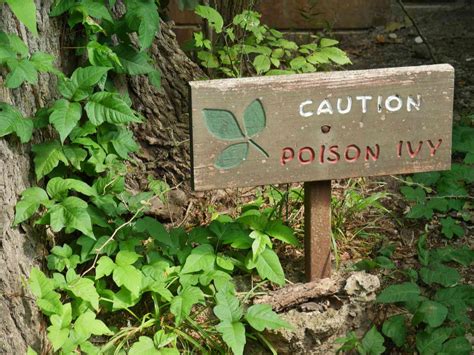
Preventing exposure to poison oak and poison ivy is the best way to avoid the painful and debilitating effects of these plants. Some precautions to take include:
- Wear protective clothing, including long sleeves, pants, and gloves, when hiking or working in areas where poison oak and poison ivy are common.
- Stay on marked trails and avoid wandering into dense vegetation.
- Wash clothing and gear thoroughly after exposure to poison oak or poison ivy.
- Use soap and water to wash skin and hair after exposure.
Removal and Eradication
Removing poison oak and poison ivy from your yard or garden can be challenging, as the plants can regrow from small pieces of root left behind. Some methods for removal and eradication include: * Physical removal: Digging up the entire plant, including roots, and disposing of it in a sealed bag. * Chemical removal: Using herbicides to kill the plant, taking care to avoid overspray and contamination of soil and water. * Solarization: Trapping the plant under a clear plastic tarp to heat it up and kill it.Conclusion and Final Thoughts
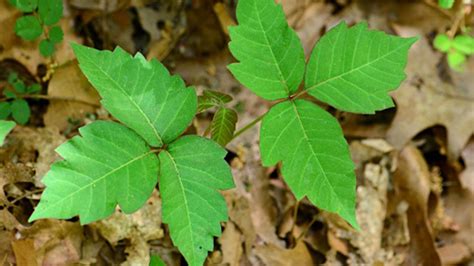
In conclusion, poison oak and poison ivy are plants that demand respect and caution. By understanding their identification, effects, and treatment options, you can take steps to prevent exposure and enjoy the outdoors with confidence. Remember to always wear protective clothing, stay on marked trails, and wash thoroughly after exposure to these plants. With the right knowledge and precautions, you can minimize the risks associated with poison oak and poison ivy and appreciate the beauty of nature without the pain and discomfort.
We invite you to share your experiences and tips for dealing with poison oak and poison ivy in the comments below. Have you had a run-in with these plants? What worked best for you in terms of treatment and prevention? Share your stories and help others stay safe and informed.
What are the most common symptoms of poison oak and poison ivy exposure?
+The most common symptoms of poison oak and poison ivy exposure include redness, itching, blistering, and rash. In severe cases, the rash can become infected, requiring medical attention.
How can I prevent exposure to poison oak and poison ivy?
+Preventing exposure to poison oak and poison ivy involves wearing protective clothing, including long sleeves, pants, and gloves, when hiking or working in areas where the plants are common. Staying on marked trails and avoiding dense vegetation can also help minimize the risk of exposure.
What is the best way to treat poison oak and poison ivy rashes?
+Treatment for poison oak and poison ivy typically involves relieving symptoms and preventing infection. Calamine lotion or hydrocortisone cream can help reduce itching and inflammation, while cool compresses or baths can soothe the skin. In severe cases, antihistamines or oral steroids may be prescribed to reduce allergic reactions.
